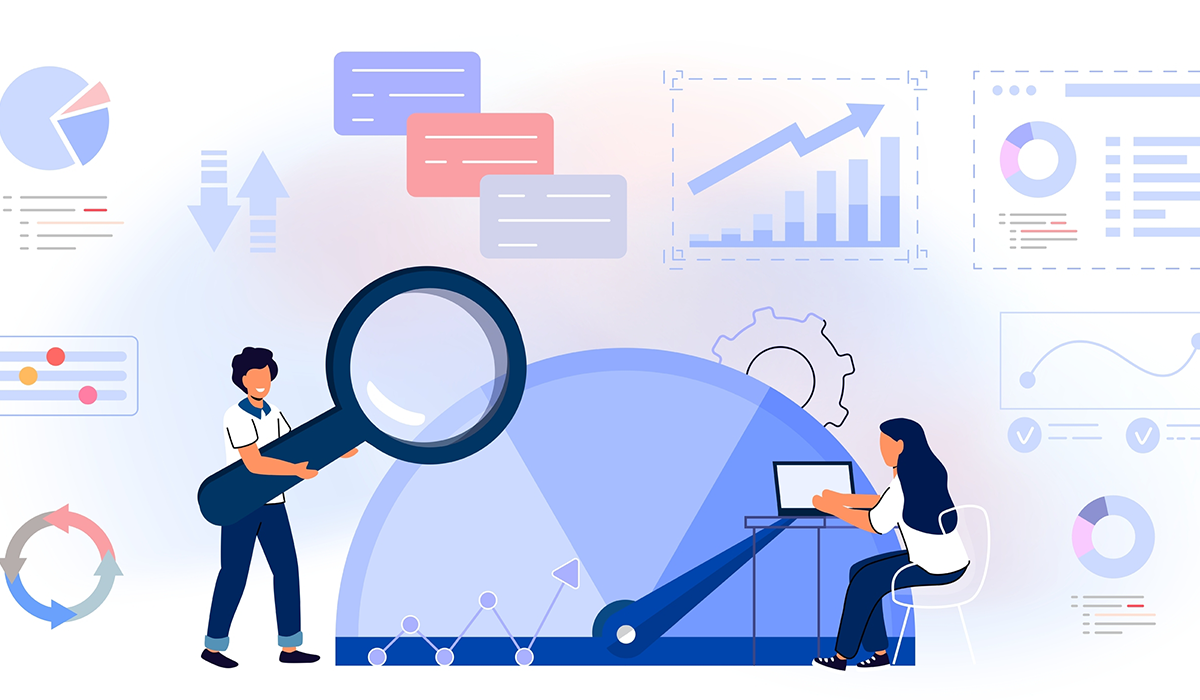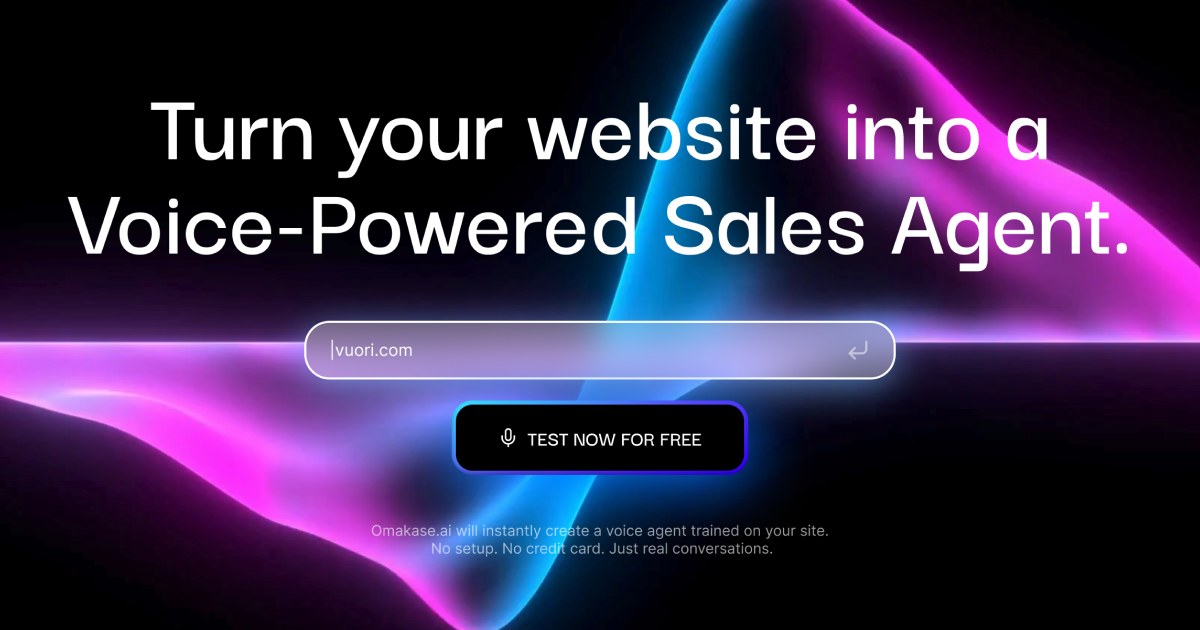In the digital age, chatbots have become the frontline of customer interaction across various platforms and channels. At ZEALS.ai, we’ve mastered the art of driving meaningful customer engagement but also sustaining it through our innovative chat experiences. This blog details the essential chatbot performance metrics that separate a successful chatbot from an unsuccessful one. By analyzing and optimizing these metrics, our Conversation Designers create immersive chat experiences that captivate and convert.
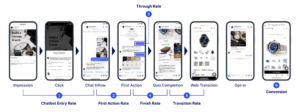
Chatbot Entry Rate
Clickes/Impressions =Chatbot Entry Rate
Every chatbot has an entry point, it’s not always just an icon in the bottom right corner of a website. ZEALS.ai drives chatbot entries from web popups, static banners, social advertisements, Instagram stories, and more.
The chatbot entry rate is calculated by the number of entries into the chatbot divided by the number of impressions. If the entry point is a Facebook ad, the number of ad impressions will be the numerator of this equation. If the entry point is an organic Instagram story, the number of story impressions will be the numerator.
The higher the chatbot entry rate, the more users enter your chatbot from the entry point. It’s important to understand this metric because if the chatbot entry rate is too low, you might want to reconsider the campaign copy and audience. Perhaps the ad copy is leading to confusion or the ad targeting is not reaching the right audience.
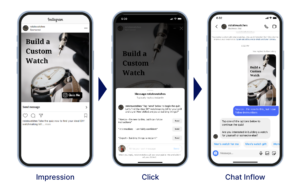
First Action Rate
(# of First Actions Taken/# of Chatbot Entries)= First Action Rate
After landing into your chatbot, does the user take any action before exiting? Whether it’s a link click or a button tap, whatever that action may be will count as the First Action.
The First Action Rate is calculated by the unique number of First Actions divided by the number of chatbot entries. If the First Action Rate is too low, you will need to optimize your entry point’s design or delivery settings. This metric is an indicator of the audience’s interest in engaging with the chat experience, which is why it is important to measure and keep track of.
Through Rate
(Unique Answer Count of Q1/Chatbot Entries)=Q1 Through Rate (Unique Answer Count of Q2/Unique Answer Count of Q1)=Q2 Through Rate
After beginning the chat experience, does the user flow through until the ending point? Do they stop halfway through the experience and then stop? Which questions have the highest completion rate? In this case, the “Through Rate” is calculated as the completion rate of each question.
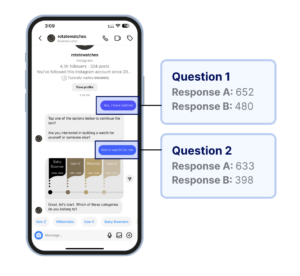
The through rate is an important metric for analyzing the overall performance of the chatbot. If users are not reaching the end of the experience, where are they dropping off? This data is where we start looking for areas of opportunity for improvement. Ideally, the through rate is as close to 100% as possible, but a through rate lower than 90% would have a larger impact on the finish rate, and should be optimized.
Finish Rate
(Impressions/Chatbot Entries)=Chatbot Entry Rate
As you may have figured, any question presented during the chat experience that has a less than 100% through rate will have an overall impact on the Finish Rate, which refers to the percentage of users who reach the end of the chat conversation.
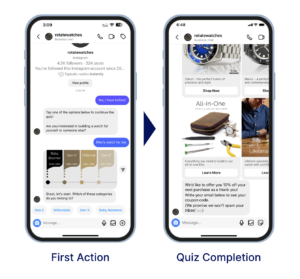
The Finish Rate is extremely important because the end of the conversation is usually where we put the Call to Action, where we invite the user to make an email signup, account creation, product purchase, or more.
At ZEALS.ai, we aim for a minimum of 80% Finish Rate, but often exceed this target. You can see in this case study how we maintain an impressive Finish Rate of over 90% with our client, Moonlite, which offers an immersive story time experience for families with small children
Transition Rate
Transition Rate = Unique Number of Clicks/Quiz Finishes
Oftentimes, the offer at the end of a chat experience will have a call to action that contains a link to a product, landing page, signup page, homepage, application, or other web destinations. If the offer contains a button with a URL, users who click on this button’s CTA will count as a “transition”. The Transition Rate is an important metric because it indicates the user’s interest in the final product that we recommend. If the Transition Rate is below the benchmark, then we reconsider how to make a more personalized offer that resonates with the customer and motivates them to transition to the target destination.
At ZEALS.ai, we can track these metrics either using Google Analytics or by tracking in-app clicks.
Conversion Rate
Finally, the conversion rate. This metric is often considered the most important metric because it is at the end of the funnel. For this reason, it’s the metric that our clients pay the most attention to. Usually, the conversion rate is assumed to be a product purchase conversion, but it can also be attributed to email submission, account creation, sweepstake signup, or other target conversion events. In fact, the conversion rate is defined by whichever call to action is specified in the offer at the end of the chat experience. The client decides on this and should choose a conversion event that complements their marketing goals and efforts.
For example, Rotate Watches, which sells DIY watchmaking kits, wanted to focus on growing their subscriber list. Through our chat experience, over 10% of first-time users subscribe to receive updates on new product drops and promotions. This is more than double the traditional conversion rate of web email popups, which have an industry average of 3.8% conversion rate.
Conclusion
Understanding and optimizing chatbot performance metrics are vital to creating high-performing chat experiences. Through this detailed review of chatbot KPIs, it’s clear that every aspect of the chat experience plays a crucial role in achieving marketing success. At ZEALS.ai, our approach to exceeding industry benchmarks, particularly our impressive finish rate and conversion achievements, highlights the importance of a well-crafted conversation design. By focusing on each step of the user’s journey, we can significantly enhance the engagement and conversion outcomes for our clients.








